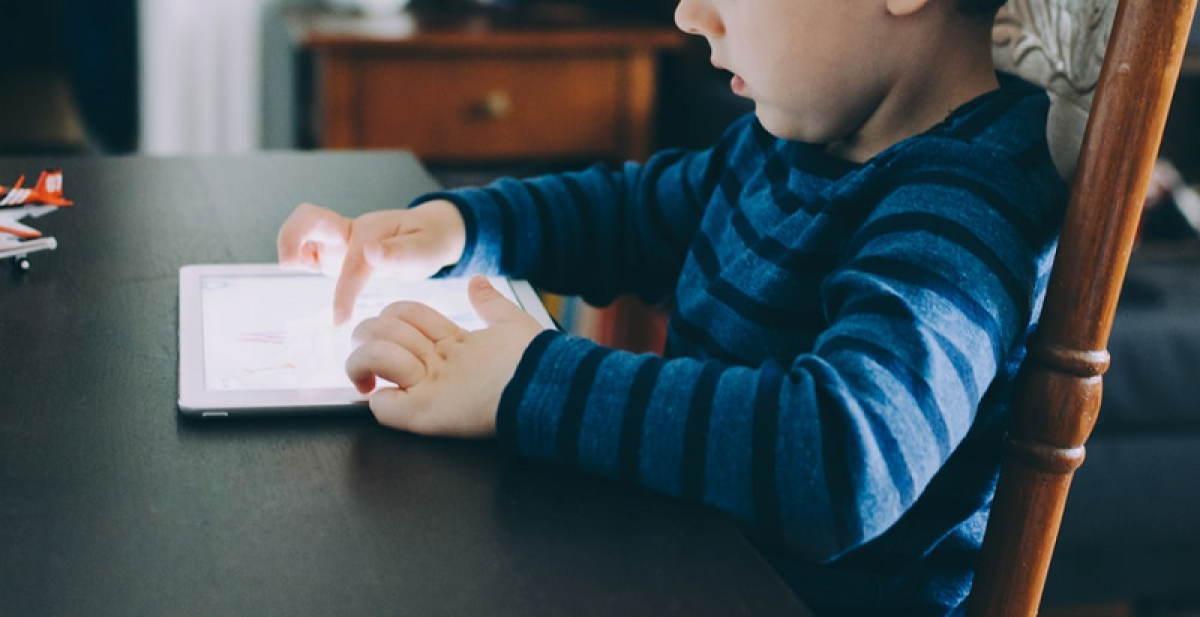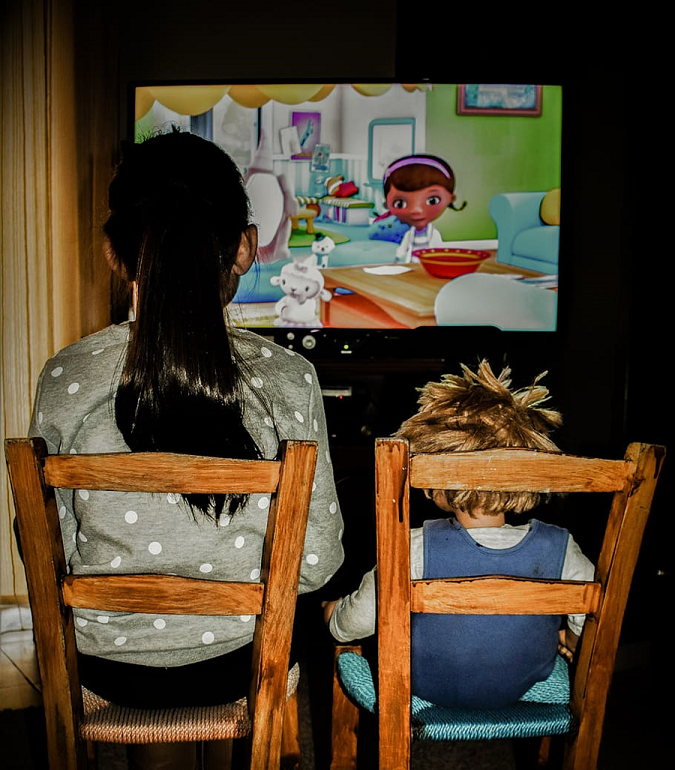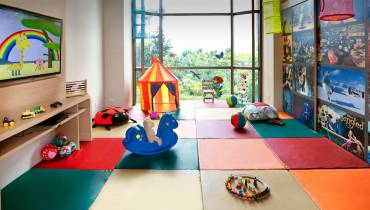Should You Limit Screen Time for Kids? Get the Facts You Need to Know

It’s no secret that Americans love their screens, and we spend a lot of our time staring at them. Now that there are generations of kids who are growing up surrounded by screens, it’s no surprise that they love them too.
However, there’s been a lot of concern brewing in the last few years over the impact of screen time on kids’ health and development. Most parents and educators agree that too much screen time is bad for kids. But the amount of contradictory information out there, plus the subjectivity of what is “too much” screen time can be overwhelming and confusing.
So, what should you do when it comes to screen time for kids and teens?
Here’s what you need to know.
Screen Time Statistics
These days, kids are getting smartphones earlier and earlier, often even before they enter middle school or high school. As of 2018, 89% of teenagers surveyed had smartphones, and most of them checked social media multiple times a day.
High levels of smartphone usage among kids and teens mean that their screen time isn’t limited to the home or classroom—it has the potential to be near-constant.
Parents who want to keep their kids’ screen time and social media use to a minimum might find smartphone use to be the biggest challenge.
Is Screen Time Really Harmful?
Screen time for kids has been generating controversy for years, especially as mobile device usage has increased. What makes things complicated in looking at how much time per day kids and teens use screens is that we’ve increased the number of ways we use our devices significantly in recent years.
Kids aren’t just using screens to watch videos and play video games (although of course, they do use them for these activities), they’re using them in the classroom and for their homework assignments, video chatting with friends, and even reading. That’s one of the reasons it is so difficult to determine how much screen time is appropriate, and how it’s affecting kids overall.
Is screen time really harmful?
Most parents and educators think so, to some degree. But only a few of the fears surrounding the issue have held up under scrutiny. Other theories, like the idea that screen use reduces academic performance or well-being, simply aren’t supported by the research.
What is supported is the idea that too much screen time may be a factor in childhood obesity. Social media use, in particular, has the potential to affect food choices, the amount of food consumed, and low activity levels, which can all lead to obesity.
Device usage can also affect a child or teen’s sleep, especially games and videos that keep kids up late watching or playing. The effects of poor sleep can have an impact on a child’s academic performance, mood, mental health, weight, and more.
Screen time can be very harmful if it affects normal, healthy sleep patterns.

Regulating Screen Time
Parents and educators can breathe a sigh of relief in knowing that their child probably isn’t going to start getting bad grades due to screen time. But that doesn’t mean that kids should be allowed to use screens whenever and however they want to. Adults need to set and enforce fair rules and boundaries surrounding device usage, which should vary based on age and the needs of the individual child.
Experts recommend that babies under the age of 2 should not have any screen time, except for video chatting. From the ages of 2-5, the recommended limit is 60 minutes of high-quality programming. After this point, the recommendations are not set in stone and parents should set limits that work for their child and family as a whole.
Regulating screen time can be difficult. Kids and teens love to use their gadgets and engage with digital media. Parents can limit screen time by enforcing “no phone zones” or tech-free hours, like dinnertime, and helping their kids to be active and to take up new hobbies that don’t involve the use of screens. Family game nights, yoga practice, reading together, doing a puzzle, or hiking are all great ways to minimize screen time in a fun way.
Keeping screens out of kids’ bedrooms is a good idea for encouraging consistent, high-quality sleep. It’s important to be a good role model and to practice what you preach when it comes to screen time. Don’t want your kids bringing their phones into their rooms? Don’t bring yours in, either.
Educators need to think about when and how to incorporate screen time into the classroom. Screens can enhance the learning process, but they can also be distracting. Switching up the lesson plan to incorporate digital learning part of the time and analog or collaborative activities at other times can be a good compromise.
It’s All About Balance
Our devices are a big part of our lives now. We need to learn how to use them appropriately, and that means teaching our children how to use them, too.
When it comes to screen time, it’s important not to think in terms of good or bad—it’s all about balance. Teach your kids that there’s a lot of value in technology—but that they also need to go outside and play in the sunshine for a happy, healthy life.

 Sarah Daren has been a consultant for startups in multiple industries, including health, wearable technology, and education. She enjoys sharing her love of health and education by teaching public and personal health topics at a local recreation center.
Sarah Daren has been a consultant for startups in multiple industries, including health, wearable technology, and education. She enjoys sharing her love of health and education by teaching public and personal health topics at a local recreation center.


















